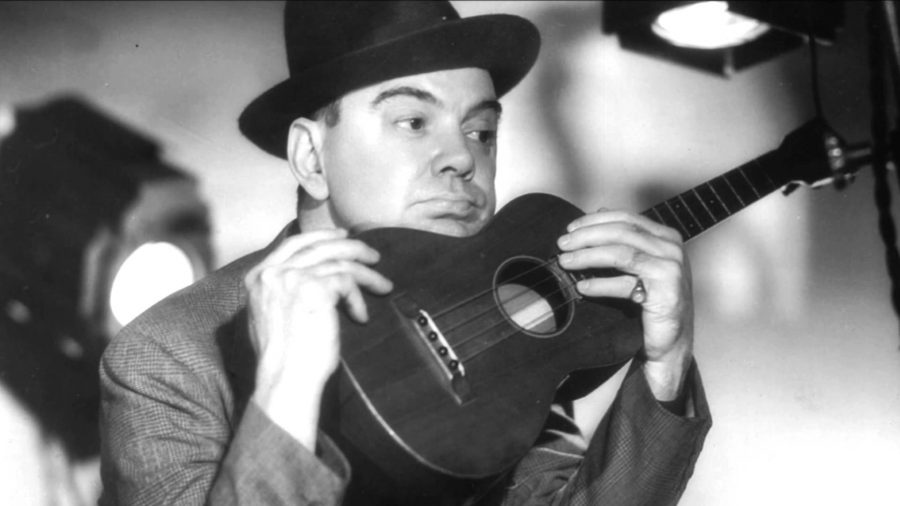Cliff Edwards was 25 at the beginning of one of the greatest eras in the United States: the Roaring 20s.
This time period is famous for its great increase of wealth as well as the spread of popular media which swept the country.
People all over the United States were listening to the same music and dancing the same dances: the 20s were the beginning of the mass culture that still exists today.
Cliff Edwards’ music was popular among young people who would listen to the simple vocal-and-ukulele sound that still makes his music relevant.
“Singin’ In the Rain” is a compilation of Edwards’ most popular songs from the ‘20s and contains both his original songs as well as songs that many artists did their own recordings of during that time, like “Singin’ In the Rain” and “Over the Rainbow.”
Edwards employs the use of jazz scat singing, which was perfected by Ella Fitzgerald, in many of his songs in order to insert the sound of a trumpet or another brass instrument.
Edwards’ sound is similar to what I imagine Vance Joy’s “Riptide” sounded like in the beginning stages.
It seems that Edwards is playing his ukulele and singing at the same time, which is a mighty feat that also affects the sound of the recording, making each song sound much more up-close and personal for the listener.
Edwards was married and divorced three times in the course of 17 years, and his music reflects his relationships with women.
Some of his songs have lots of energy, like “Good Little Bad Little You” and “For Me and My Gal,” while others are slower, like “Louise,” a personal favorite of mine, and “Remember.”
Edwards’ songs are relatable, like “I Can’t Get the One I Want,” in which he sings of never finding a girl he likes and his fears of never finding her; “Wonder Where My Baby is Tonight” which is about a girl he broke up with and yet cannot shake from his mind; “Together” is a playful song about the beginning of a relationship, when the couple does everything together and feel that the relationship will never end.
The relatability of his songs no doubt helped him obtain success among young people, and the popularity of the ukulele increased significantly due to Edwards’ playing.
The plucking and strumming of the ukulele tucks me into island sands and warmth, while his voice makes me feel like I’m in a jazz club, listening to him sing of his love woes.
These conflicting placements of my mind are not overwhelming, but rather make his music fresh and surprising.
Most of his songs are no more than three minutes in length, making this album easy to listen to and take in.
Overall, Cliff Edwards was a great artist and his music is still relevant today.
His simple sound is refreshing in a world of synthesizer and bass drops, while maintaining the classic charm of the past.










